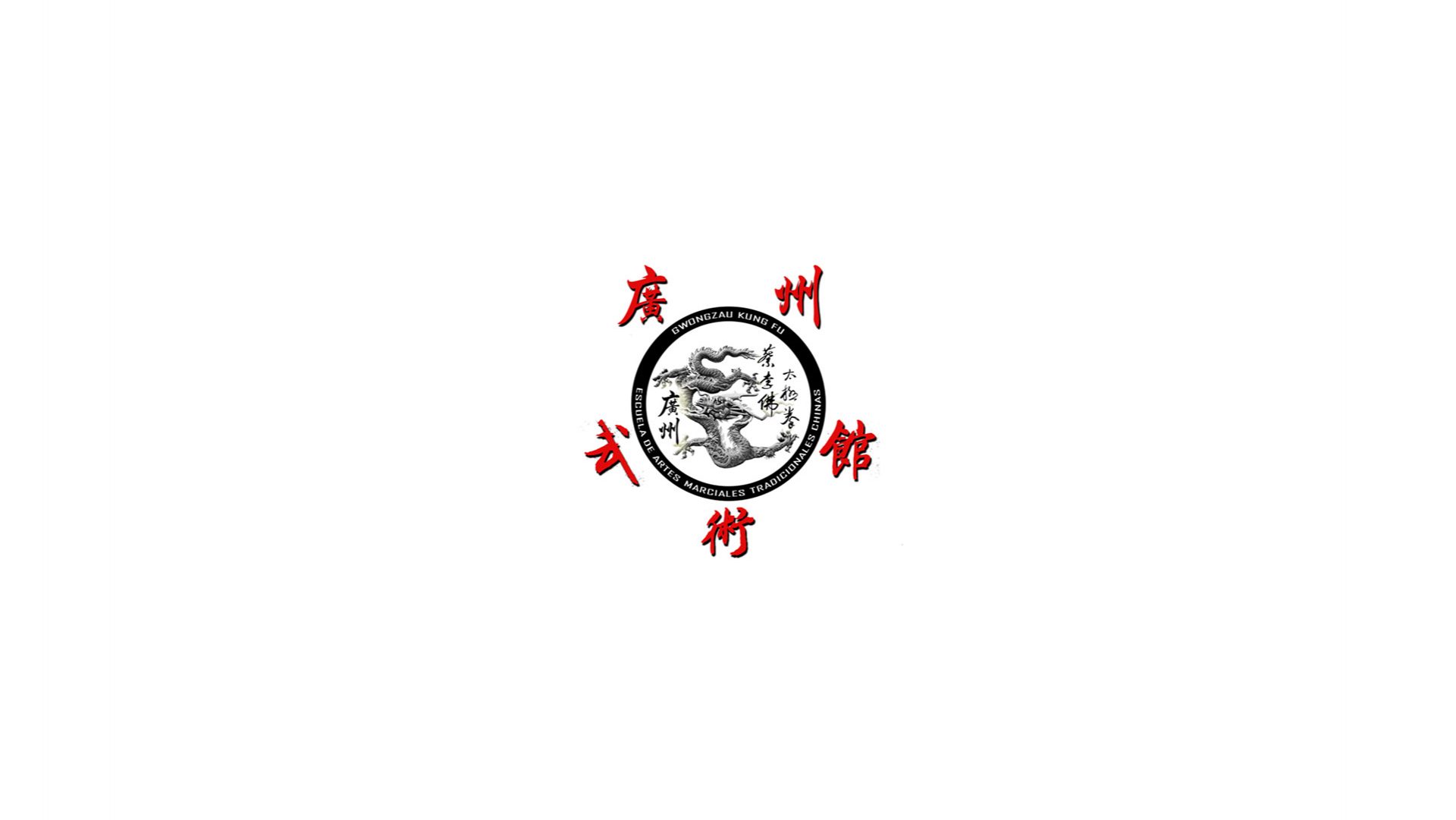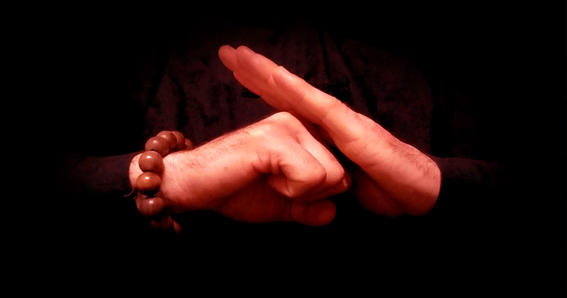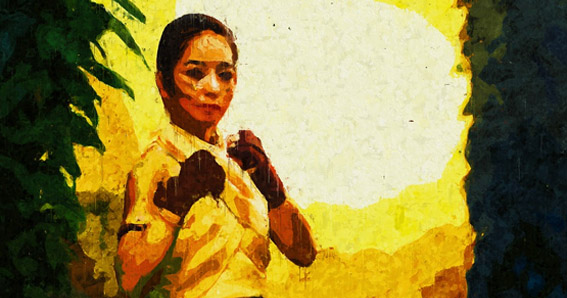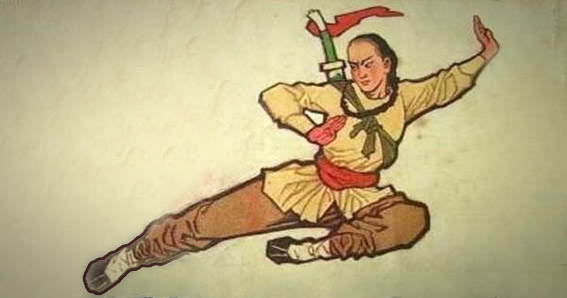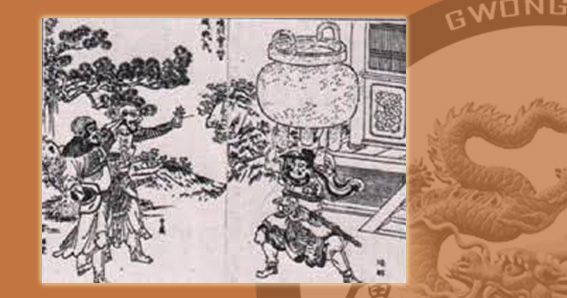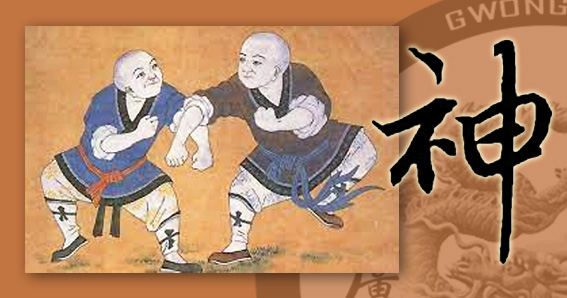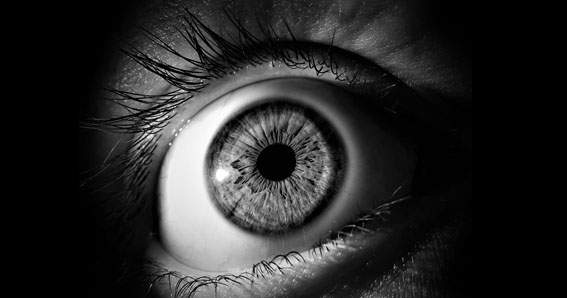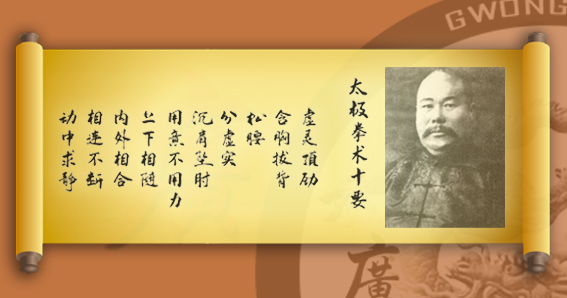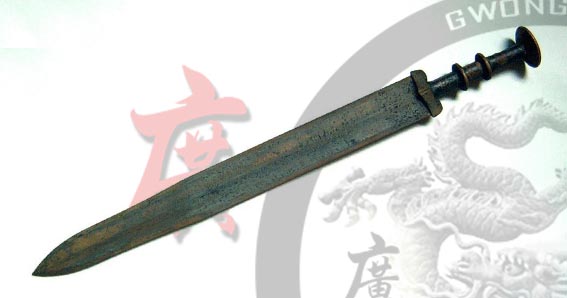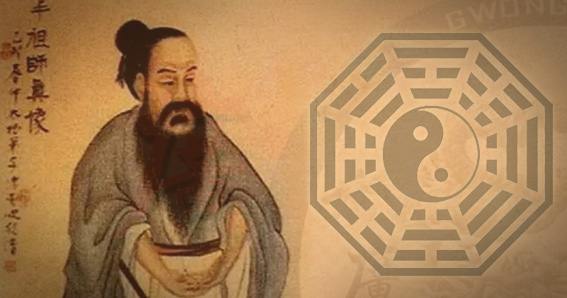Meaning of the Salute in Chinese Martial Arts
The traditional Chinese martial arts salute (bàoquánlǐ 抱拳禮) is formed by closing the right fist and covering it with the left hand open, and extending both arms slightly forward in front of the chest. There are multiple theories and stories about the meaning of this greeting.
Read more...